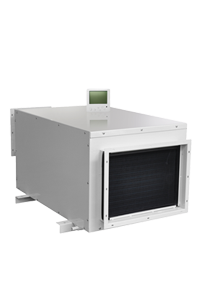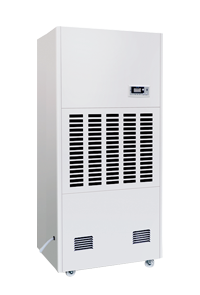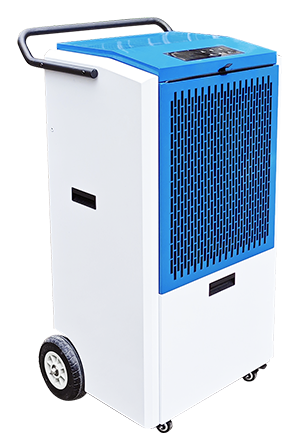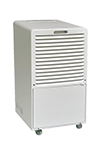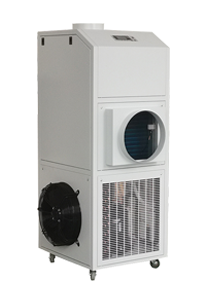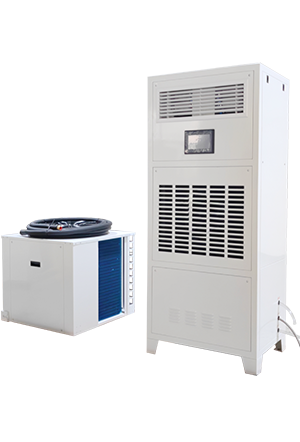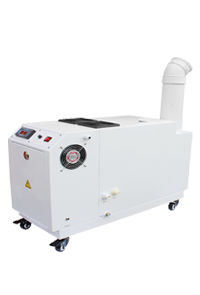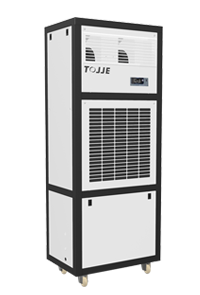News
An industrial dehumidifier with desiccant rotor technology is used to control humidity in environments where maintaining low moisture levels is critical, such as in pharmaceuticals, food processing, electronics manufacturing, and storage facilities. Here's a breakdown of how it works:
Key Features:
-
Desiccant Rotor: The heart of the system, the rotor is made of a material that absorbs moisture from the air. Typically, silica gel is used due to its high moisture absorption capacity.
-
Air Handling: The industrial dehumidifier pulls in humid air, which passes through the rotor. The desiccant material absorbs the moisture, and dry air is discharged into the environment.
-
Regeneration Cycle: The desiccant rotor rotates continuously. A separate heated air stream passes through the rotor to remove the absorbed moisture, which is exhausted from the system, ensuring continuous operation.
-
Temperature Independence: Unlike refrigerant-based industrial dehumidifiers, desiccant systems are effective even at low temperatures, making them ideal for cold storage or low-temperature processing environments.
-
High Efficiency: Industrial desiccant dehumidifiers are designed for high-capacity moisture removal, often capable of handling thousands of cubic meters of air per hour.
-
Applications:
- Food & Beverage: Prevents condensation and spoilage during processing and packaging.
- Pharmaceuticals: Ensures proper storage conditions for sensitive drugs and ingredients.
- Manufacturing: Controls humidity to prevent corrosion, condensation, or quality defects in electronic and metal parts.
Advantages:
- Works effectively in low temperatures and high humidity environments.
- Maintains precise humidity levels in critical applications.
- Energy-efficient due to regenerative desiccant cycles.

